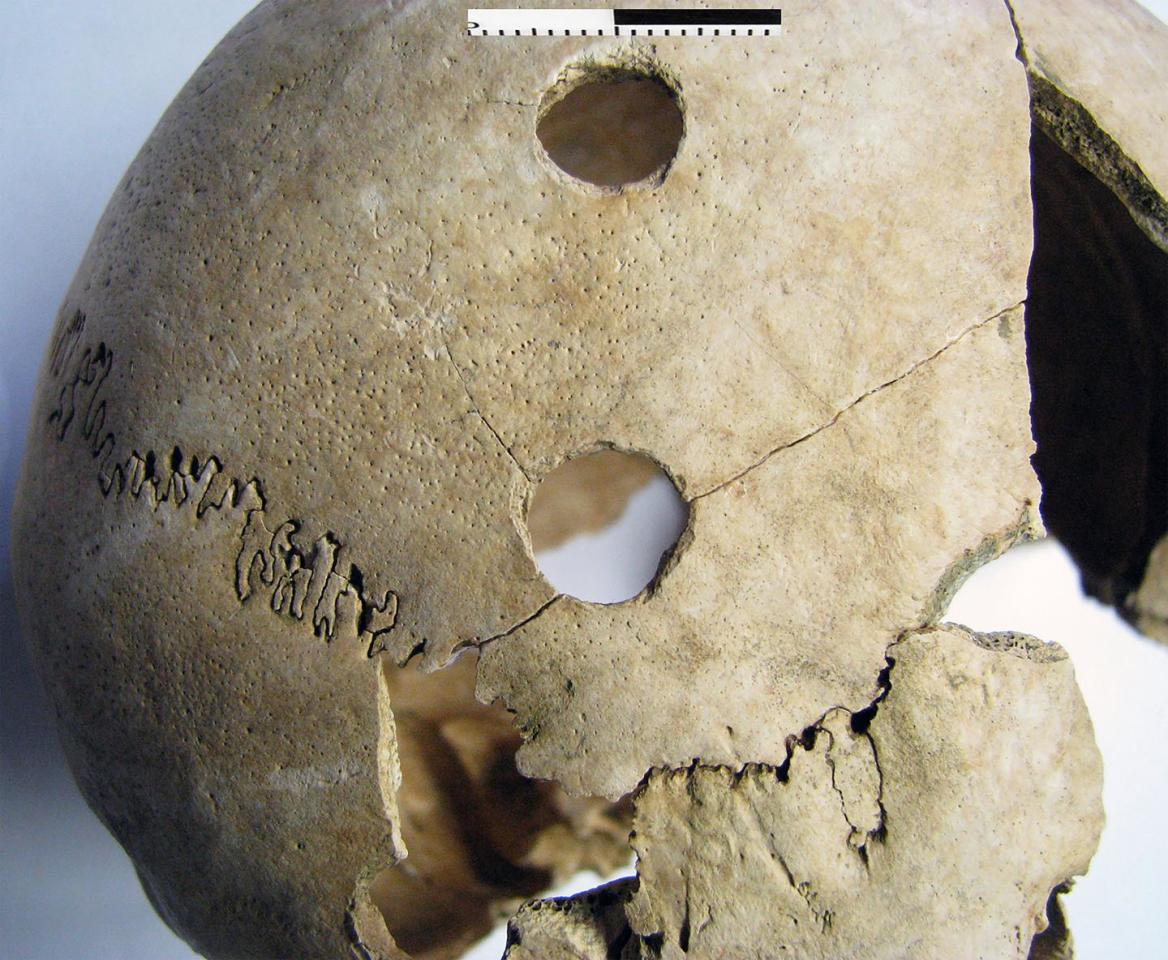In case there was ever any doubt … atrocities are nothing new. Scientists have recently determined that piled human remains unearthed in what is now Potočani, Croatia, represent the earliest-known indiscriminate mass killing.
First discovered when a garage was being constructed on the site in 2007, the 6,200 year-old mass grave contains the skeletons of 41 individuals.
Buried all at one time in a very haphazard fashion, the bones are from males and females, who are believed to have been part of a small pastoralist community in the area. Analysis of the remains began in 2012, culminating in a paper published this week in the journal PLOS ONE.
Because both men and women are represented (in approximately a half-and-half ratio), the researchers state that the deaths couldn’t have been the result of “inter-male” fighting, as was the norm in battles of the time. Additionally, DNA analysis showed that 70 percent of the individuals weren’t closely related to any of the others, suggesting that the deaths weren’t associated with a feud between two or more families.

Mario Novak Photo, Institute for Anthropological Research
Thirteen of the skeletons exhibit cranial injuries, while the cause of death in the others is unclear. This discrepancy could have been due to the fact that the majority of the people were killed by means that left no evidence, such as strangulation or stabbing in soft-tissue areas.
So, why were they slaughtered? The scientists believe that climate change may have resulted in a loss of resources, causing one larger community to attack another that was smaller.
“These factors tend to disrupt human lifeways, and groups sometimes try to take over others’ territories and resources,” says the University of Washington’s Prof. James Ahern. “Increases in population size cause groups to overextend their local resources and require expansion into other areas. Both climate change and population increase tend to cause social disruption and violent acts, such as what happened at Potočani, that become more common as groups come into conflict with each other.”
The study also included scientists from the Institute for Anthropological Research (Croatia), Harvard Medical School, the University of Wyoming, the Archaeological Museum in Zagreb, and the University of Zagreb.
Source: University of Washington
Source of Article